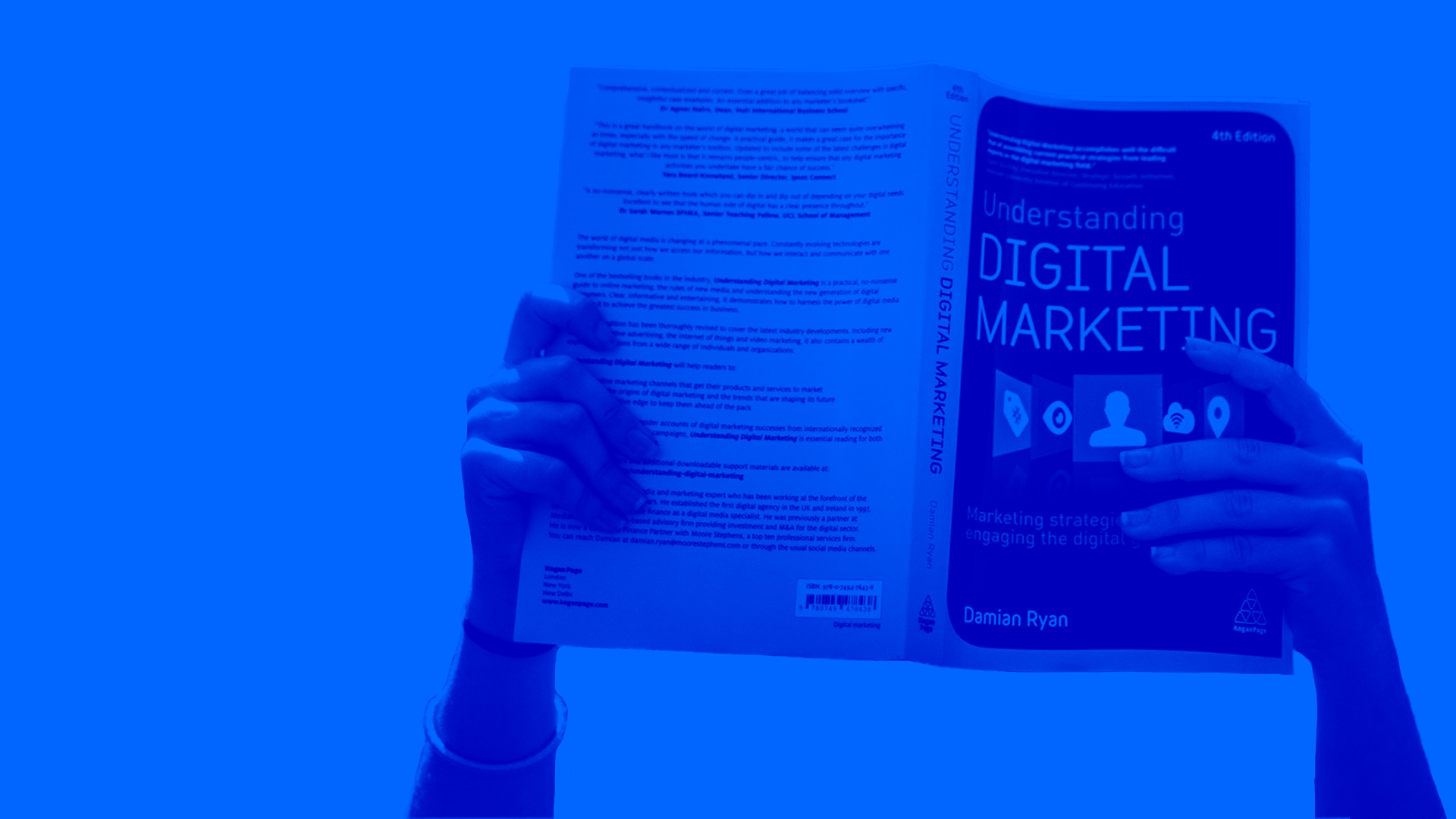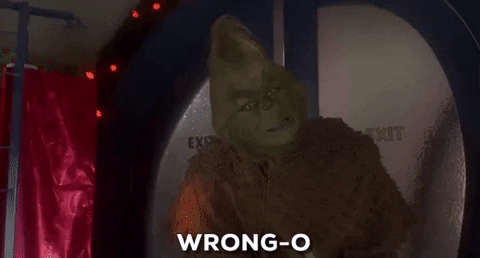
In my quest to learn about the L&D space and build the Tribe Academy, I've been having lots of conversations with our customers and partners. 💬
In every one of these conversations, I like to start with a few confessions:
Usually, this is followed by a long pause… In my first few conversations, I wondered whether they were having visions of pitchforks ⋔ and burning effigies of me… 😈
To my surprise, what consistently follows goes something like this:
I’d love to learn more about marketing. We really struggle with…
Repeatedly, I’m asked this 👆type of question, and recently it dawned on me as to why. The 70:20:10 model! It’s fascinating because while the model is new to me, I’ve been using the “70” concepts in marketing for nearly a decade to change the behaviour of customers. The only difference is the audience.
As a marketer, I’m trying to educate a customer and change their buying behaviour. And it involves a lot of practical education.
Throughout this post, please consider any reference to customers, as a reference to employees (after all, they are your internal customers).
In the coming weeks, I’ll be going into more detail on each of these lessons (and plenty more), pulling together learning plans and resources so you can apply them for yourselves and see immediate gains.
This is about 5-minute read, so if you’re short on time here’s a quick list so you can jump to the bit that stands out most:
I don’t just mean a pretty logo. Although it helps.
By creating a brand, I mean something far more important.
I’ve been lucky enough to work with a great branding agency SomeOne in London. In 2013 they worked with me to rebrand a tired automation company from UC4 - Job Scheduling to Automic - The Business Automation Company. The entire 12-week process was packed full of lessons from digital design to understanding people, and capturing their hearts and minds to bring them on a journey using stories.
One of my most memorable moments is one from Simon Manchipp, their Founder. He put up a single slide which I’ve kept to this day. It still acts as my north star on the importance of a brand.
What I'd ask you to do is to think very carefully about each of these aspects.
Ask yourself these questions, and be brutally honest 😰.
You’ll be surprised at what you identify, and in doing so, you’re already making steps towards some immediate results.
If you were selling your services, what would you say to a prospective customer?
News flash ⚡️.
You are selling your services, your customers need to be convinced to open, consume and act on your learning content in their busy day to day lives.
How well do you know your Sales team? Your Product team? How often do you meet and find out what they’re working on?
Your value proposition is one of your most important tools to ensure, well, you're delivering real value to your customers.
There are heaps of ways to formulate your value proposition from formulaic statements by Geoffrey Moore to personas. However, the one that I return to time and time again is the Value Proposition Canvas by Alex Osterwalder at Strategyzer.
The Value Proposition Canvas is a systematic approach you can use to make sure you understand your customer’s. I mean really understand! Understand the jobs they actually do, more importantly, understand where their pains are, and where opportunities exist for you to create gains. If you know these details, you’ll create content with far greater value.
Have a go yourself. Download the canvas here, pick a department and work through what you know about them, and what you offer to them.
We use the tool digitally, and also have an A0 printed copy that we stick to the wall for use in a workshop setting or as a team exercise.
Email.
Instant Message.
App.
Corporate Social Network.
Intranet.
Weekly conference calls.
Internal webinars.
Notice boards.
Coffee machines.
Back of the toilet door?
A channel is how you reach your customer, and there are lots of them, and they differ depending on the target audience, but it’s up to you to know the best one to reach your customers.
To effectively reach customers, marketing teams continually review their perspective of the world, and where their customers are most active.
Customer preferences change, so channels require constant testing and measurement to ensure that time is being spent in the right places.
You can think about channels by asking the following questions:
We’ve all been there.
We’ve laboriously created some fantastic content, and we’ve told our customers the content is available. Great. Finished. On to the next thing.

Can you remember the last email you read?
How about the last phone call you took?
Didn’t think so…
We’re all swamped, and just because the work is done, we shouldn’t assume it’s actually done.
Campaigns help marketing teams avoid this by looking beyond the content. They look at the value proposition, the channels, and the communication plan to drive a S.M.A.R.T goal. They build and layer content over time and in doing so they reinforce messages giving them a far greater chance of achieving their goal.
I’ll go into more detail about this in the coming weeks as campaigns deserve a series of posts, but as a start consider these basics:
Completing your value proposition will help you understand these, and hone in on the most valuable delivery mechanism.
The best way to… GO
Where can I find… GO
What are the best... GO
There’s a reason, Google has become a verb. It’s infiltrated our everyday lives.
And there’s a lot we can learn and apply from that.
Think about when you use Google. I bet it’s something along these lines:
You’re in the middle of a task, and you get stuck. Your browser quickly comes into to view followed by either typing a question in the search bar, or into the Google homepage. Milliseconds pass. You have a page of answers. Then "click". You’ve made a decision on where you’re heading for the answer...
Obviously, your content isn’t being posted for Google on the open web. But it is being placed on a computer system somewhere, and there’s a reasonably high chance that the system has a search facility.
Here’s the kicker...
Are you actually considering how people are using that search? And how is your content then displayed in those search results?
Think about it. What made you click article number two from page one of the search results of Google over the other 10?
Was it the title?
Was it the description?
Perhaps Google presented you with a rich snippet with an image? Or a video?
Now. When was the last time you thought about your content is displayed in your learning platform?
Have you ever thought about it?
Do this, and do it right now!
Don’t be fooled into thinking they have nothing to share with you, they have faced many of the challenges you're facing, and they’ve learned new methods of engagement. They love helping too!
Your marketing team have evolved from a push, to pull marketing driving demand for their content.
They’ve learned how to use data to their advantage from website engagement through to advertising spend ROI.
Best of all, they likely have a heap of resources you can use today to help you get on the radar of your customers.
Don’t be shy, pick up the phone, email them, go and visit them, whatever it takes!
These are all really high-level lessons that I believe L&D can apply right now. And over the coming months, we’ll be going into more detail on specific parts, with supporting practical resources hosted in the Tribe Academy.
Make sure you register to get updates on the Tribe Academy here.
P.S I started this post with series of confessions about what I don't know, and I’m happy to be told I’m wrong. If you disagree or want to ask a question, please do comment below, I’m looking to learn and would love your opinions. 🙏
© 2022 Fuse Universal - All Rights Reserved
Comments (3)